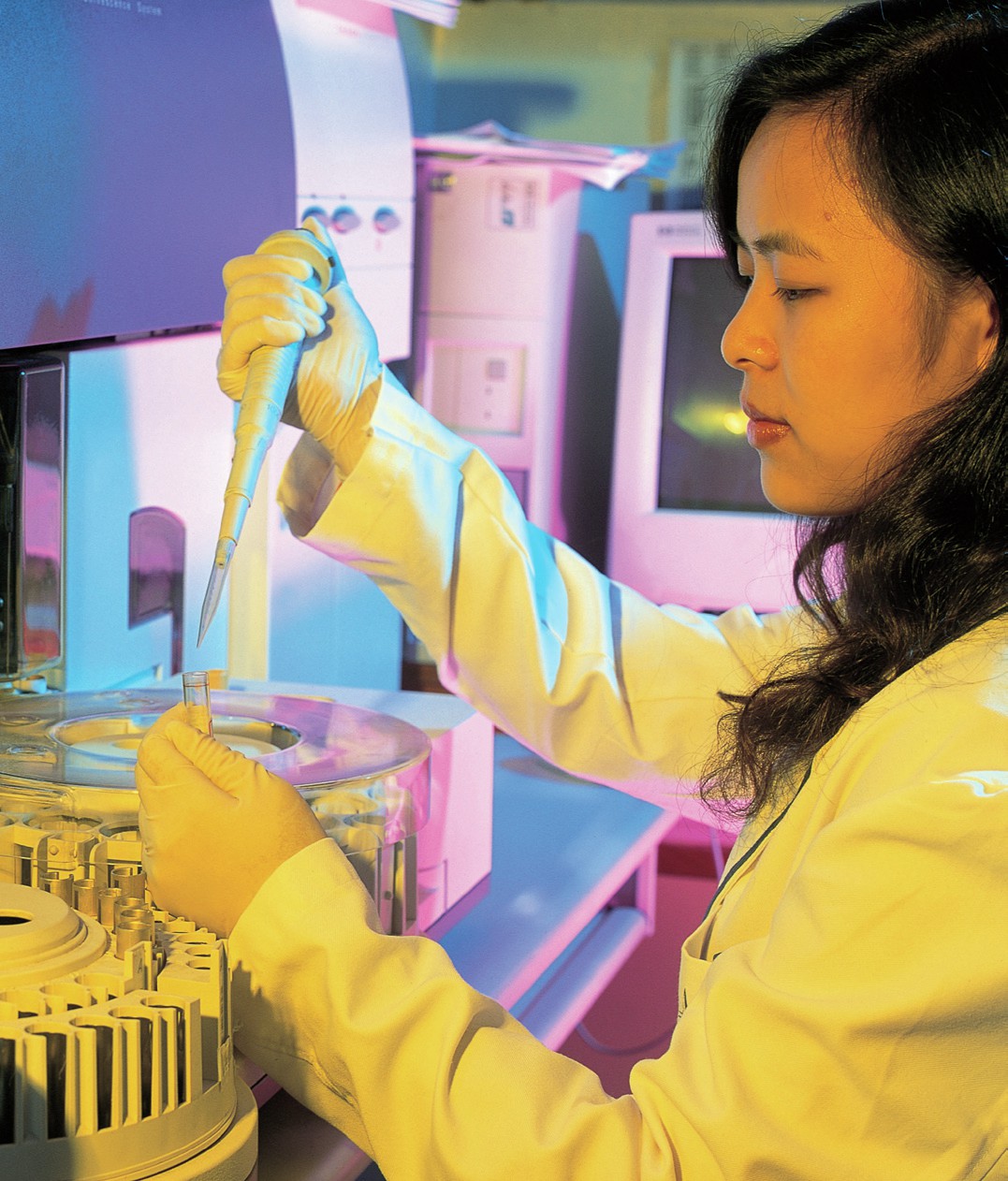
Environmental issues such as climate change, water pollution and renewable energy make the news headlines and have become increasingly important in everyday life. There is a growing need to measure and monitor the environment, from monitoring the quality of the air to regulating the amount of chemicals emitted by large production facilities. In order to do this efficiently a portable atmospheric monitoring system is required. Researchers in the chemistry department at the University of York are currently developing a miniature gas chromatographic system using lab-on-a-chip technology (Box 1), which will dramatically reduce the physical size of the instrument to produce a portable device capable of detailed air monitoring in a wide variety of locations.
Gas chromatography (see CHEMISTRY REVIEW, Vol. 4, No. 2, pp. 16–17) is a well-established analytical technique that enables the chemist to separate complex mixtures into their individual components and then determine their specific concentrations. The separation of the components takes place in a column several metres in length, housed in a temperature controlled oven. The air inside the oven is circulated by a fan over a heating element and then the air transfers the heat energy to the column. This method of heating the air inside the oven is not as efficient as simply heating the column. The conventional gas chromatograph is power hungry, consuming several kilowatts during heating, and is also heavy, weighing between 40–60 kg. These disadvantages mean that the gas chromatograph is restricted to laboratory use and samples have to be collected and returned to the laboratory for analysis, which is expensive and time consuming.
Your organisation does not have access to this article.
Sign up today to give your students the edge they need to achieve their best grades with subject expertise
Subscribe




